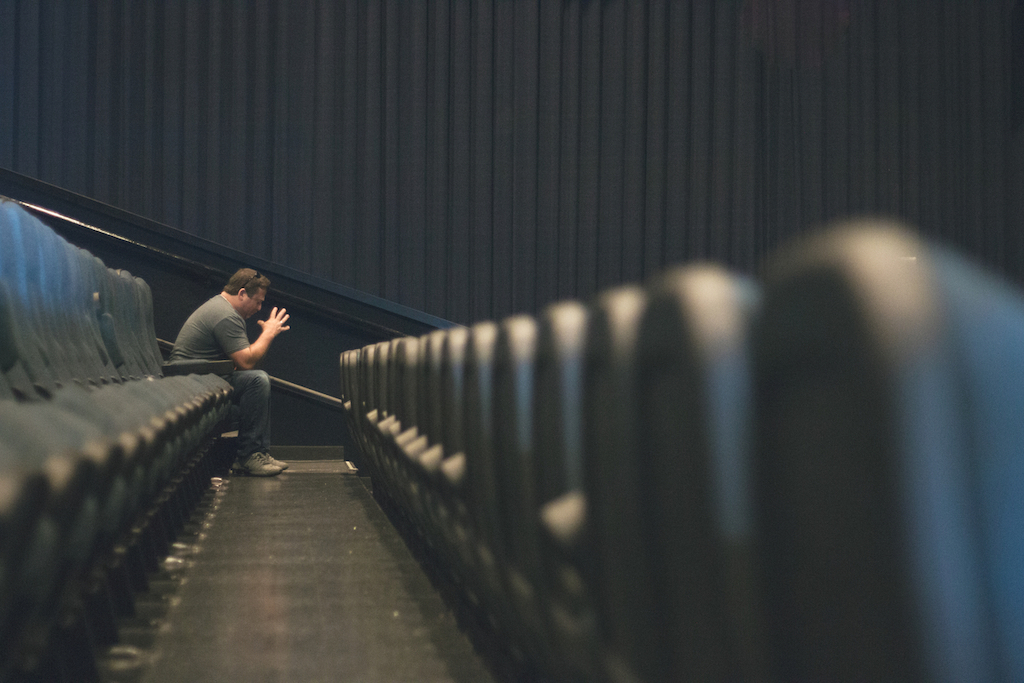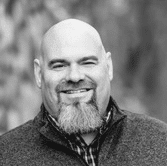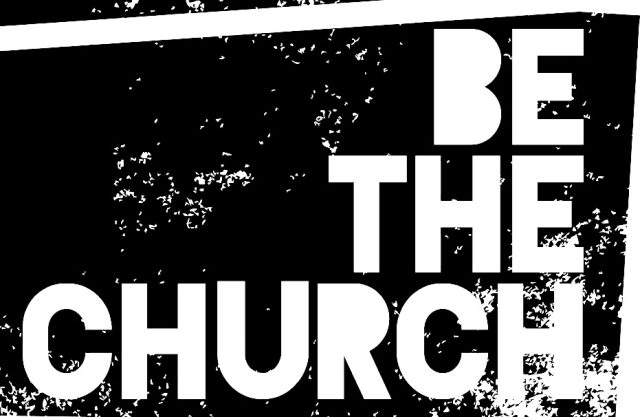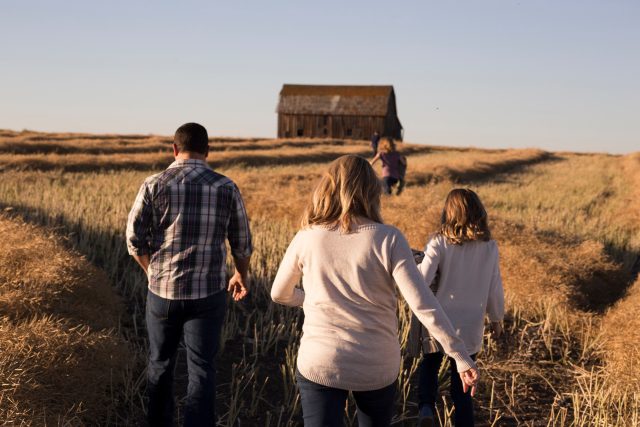Article
5 Facts about Facilities Every Planter Should Know
From the very first Sunday, the clock is ticking toward finding a permanent space for your church. All the details can become a fog. Here are five facts about facilities every planter should know.

Near the top of every church planter’s “to-do list” is finding the perfect facility for the launch. Across the country, churches are launching in schools, movie theaters, community centers and storefronts. But from the very first Sunday, the clock is ticking toward finding a permanent space for the church.
You might be feeling this pressure. Along this journey, there are so many choices to make and factors to consider that it can all become a fog of details.
Here are five facts about facilities every planter should know.
1. Location matters
As the saying goes: “Three things matter in real estate – location, location, location!” Like any other piece of real estate, location matters when it comes to your church facility. If the space you choose is hard to access or hard to see, it will be less likely to become a known community point. Look for a location on or close to a major thoroughfare or known part of town. This is important for the church plant seeking a temporary facility and for those who are moving into a permanent space. A facility tucked back into a neighborhood or business park can have a negative impact on growth. One situated in a downtown neighborhood could lack adequate parking or space but be closer to those who need to walk to church. A church wedged into a tiny storefront space could suggest a lack of vision for growth or excellence.
When you are choosing a space, remember that a negative location will normally have a negative effect. The temptation we face as church planters is to think that if the preaching is good, the worship is excellent and the ministry is solid, then people will find us. That isn’t always true. Location matters. A positive location in the community – easy to access, readily known and strategically chosen – will make it easier for people to find the church and get involved.
2. Space matters
Two key issues to consider are the amount of space a church plant has in a facility and how that space is utilized for ministry. Be careful to consider more than the worship space. Think about the ministries that surround the worship time and make sure your space adequately fits and speaks to their importance. For instance, the space utilized for children’s ministry will be a major concern for new families visiting and returning. Trust will be lost if this ministry takes place in dark, hard-to-reach areas of a building without clear security and intention. Having a small worship space might suggest a lack of desire to grow. A lack of parking could cause people to come into worship late or in an agitated mood. Having adequate space, indoors or outdoors, for people to meet and fellowship before and after services is important.
Prioritize your Sunday morning space and, as God provides, look for some square footage that can be used during the week for membership classes, prayer times or meetings. In this day of portable work environments, having a nice office space might be desired, but it is less important than having room for mid-week ministry or meetings. Space matters, so choose a facility that is rightly sized, rightly utilized and rightly secure.
3. Stewardship matters
Every facility costs money, so don’t be afraid of spending the right amount to secure the right space. At the same time, you also want to avoid spending the wrong amount for the right space. For new plants, it is often difficult to rightly project the first few years of budget when planning for things like facility and ministry. If a planter chooses a facility that is too expensive, it could be difficult to have adequate finances to hire additional staff, launch ministries or support missions.
Try to balance three inter-connected principles when it comes to finances and stewardship. First, walk in faith. Just because you don’t see how all the details and finances are going to fall into place doesn’t mean it is the wrong choice to move forward. You will have to trust that God will provide through his people even while you are saving as much money as possible for a future facility. Taking a reasonable loan or launching a capital campaign when securing a permanent building is often a step of faith. Saturate your faith steps with prayer and seek godly counsel from those who have gone before you. Walking in faith is important and this principle should be closely balanced with another: Don’t presume upon the Lord. There is a fine line between walking in faith and presuming upon the Lord. To risk good stewardship and choose an unaffordable space, on the hope that “if you build it they will come,” is to set up a church for major financial pressure – and it presumes upon the Lord’s kindness. It also could take your your congregation’s attention off the eternal and focus it on the temporary. Our faith and stewardship before the Lord require that we not presume upon Him. Be wise and conservative in your judgments. The third principle is to steward what God has given. Sometimes when growth begins to occur, the desire to move to or build a bigger and better facility comes quickly. Slow down, be content and steward your finances and your space well. Add services, manage the parking lot well and ask people to move into open seats. All of these are ways to do ministry that maximizes space and stewards God’s provision.
4. Future matters
A common mistake amongst church planters is to choose a space that will work today but not tomorrow. When moving from temporary to permanent, thinking about the future more than the current is critical. In too many instances, the fatigue of set-up/tear-down begins to be a driving force for finding the first suitable facility. But there is a balance between the need to stop being portable and the need to position the church for long-term sustainability and growth. Don’t dive into a building because you’re tired of unpacking the trailer and setting up chairs. Church planting wraps prayerful dependence and wise discernment in perseverance.
Consider the path ahead when you are making decisions, because the first option is not always the best option. Consider what your space will communicate about how you view the years ahead. Be patient and detailed to make sure your permanent facility will give you a long-term presence in your community for maximum impact and the clear presentation of the gospel.
5. Priorities matter
When considering temporary and permanent facilities, the most important thing to remember is that the facility isn’t the most important thing to remember. The ministry that takes place in the facility is the most important thing; a building only facilitates that which is most important. Buildings serve the purpose of ministry. The gospel can ring out from a thousand places. People can be discipled and worship together in lots of different environments. The fellowship that is going to take place in a facility space holds a greater importance than the look, feel or location you choose.
If a planter overestimates the importance of a facility, they will inadvertently put their attention and the congregations attention on the temporary, earthly details of the church planting process, rather than the eternal, life-changing power of Christ and the establishment of His Church. The building only serves the greater purpose of ministry that moves people toward Christ and the life that pleases Him. Keep your priorities in the right order!
Finding the first facility is fun and finding the permanent facility is hard. But choosing the right facility is a point of stewardship, vision and leadership. My prayer is that thousands of churches will pop up in every type of facility across North America and that the gospel will ring out from every single one.




